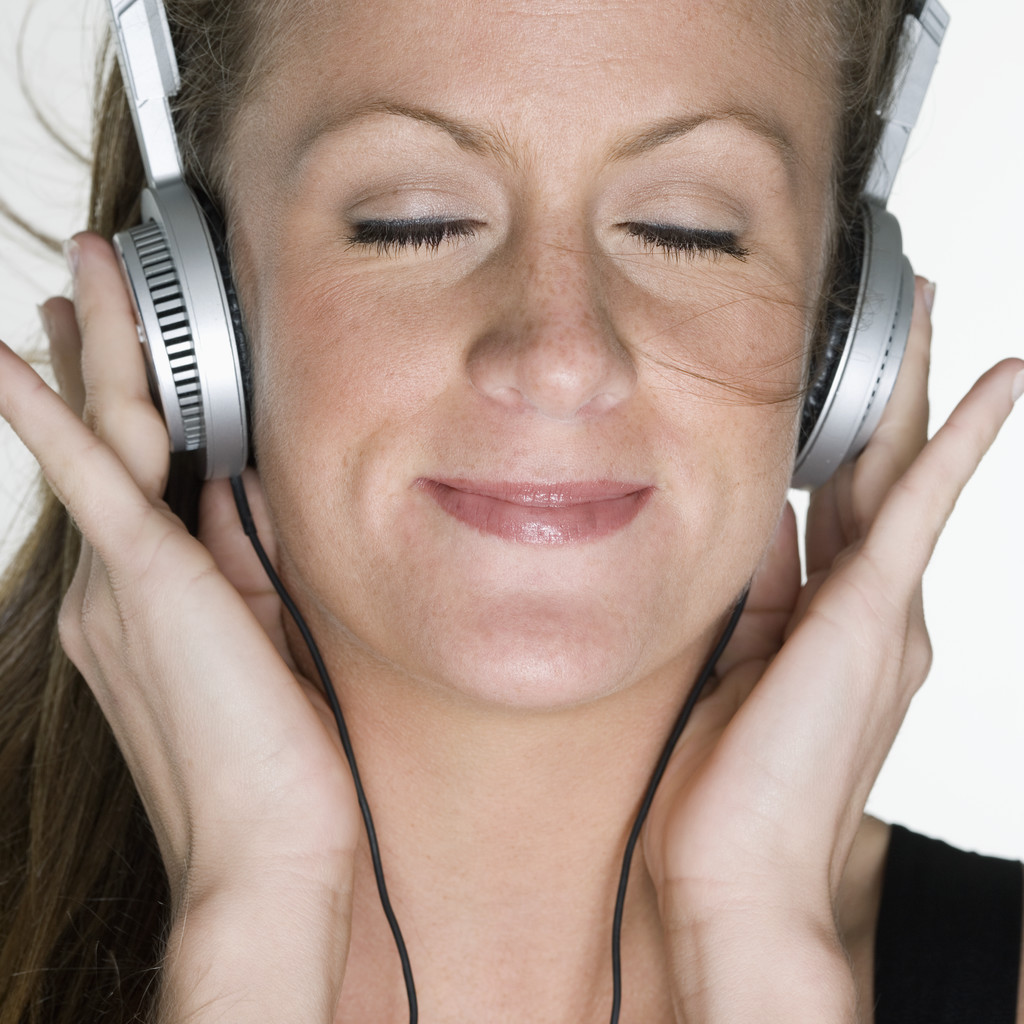Have you ever seen world-class athletes before their event? If you have, you might have seen them with their eyes closed and their heads moving. What they’re doing is not some crazy superstitious ritual before competing. They are performing their competition in their heads. They picture every movement their bodies will make along with any feeling they have to go along with the action. Included will be any sounds they will hear, smells in the venue, and the feeling of their clothing on their skin.
This effective exercise is as valuable to them as the time they spend practicing. They will do this several times during the day. It is a way of practicing without being on the venue. It can be done anywhere at any time. They can practice while waiting for something, taking a plane to a race, or just sitting at home.
What they are doing is called guided imagery. If you imagine you are doing something and you include all five senses, sight, hearing, touch, smell and taste, your subconscious can’t tell the difference between reality and imagination. Guided imagery misleads your autonomic system into believing that what you are doing is real. As a result of this trickery, you get the expected benefit.
If it were possible, I would tell you to close your eyes and think of a restful place; say a beach on a tropical island. Imagine you are sitting in a chair on warm, silvery sand next to a beautiful, blue ocean while the smell of the salty air fills your nostrils. You can hear waves gently roll to the beach and then pull back into the sea. You can feel the warm tropical breezes blowing across your face. The taste of coconut lingers sweetly on your tongue. You feel your tense muscles softening in the peaceful, restful atmosphere while your body melts into the lounge chair. You didn’t go to a sunny, tropical beach, and sip pina Coladas. But through guided imagery your mind thinks you did. If this had been an actual session, you would feel relaxed, warm, and tasting coconut.
Guided imagery has many uses including relaxation, stopping habits, performance enhancement and for improving health by relieving pain and rapid healing. Research shows that guided imagery can decrease/manage stress, increase your confidence and self-esteem.
Job searchers use guided imagery to remove job loss grief; forgive and forget any injustices they have experienced; and practice job search skills. The job searchers who practice guided imagery are more likely to get jobs more quickly than those who don’t. A study by Dr. Lynn Joseph showed that over 60% of participants in a study using guided imagery for job searchers obtained jobs within two months. Only 12% of the control group obtained jobs in the same time frame using another method.
One of the last things an athlete imagines at the end of a session is standing in the winner’s area receiving the accolades due them. Something they have dreamed of since they were young. Job searchers imagine accepting a new job that comes with a regular paycheck. They, too, have dreamed of this goal for a long time.



Very true. I do guided imagery for different things throughout the week as well.
Sue, keep up the guided imagery it has many good things to offer. Hope you benefit from your sessions.
So true! I have used guided imagery for years to help me get to sleep. I just need to use it now more for motivation. Great article!
Amy, guided imagery can be use for so many things. I like it because it’s easy to do and so relaxing. Thank you for your comment.